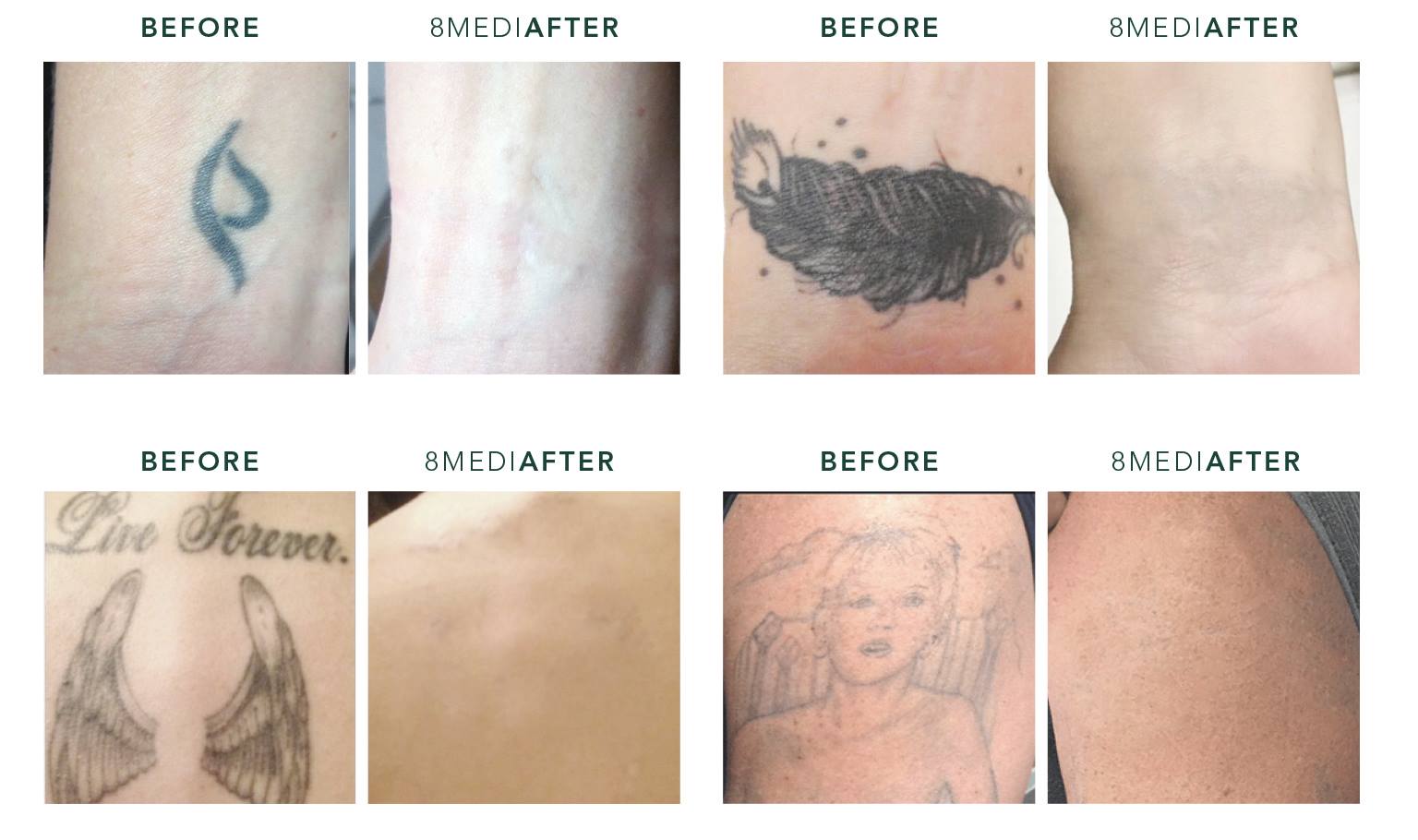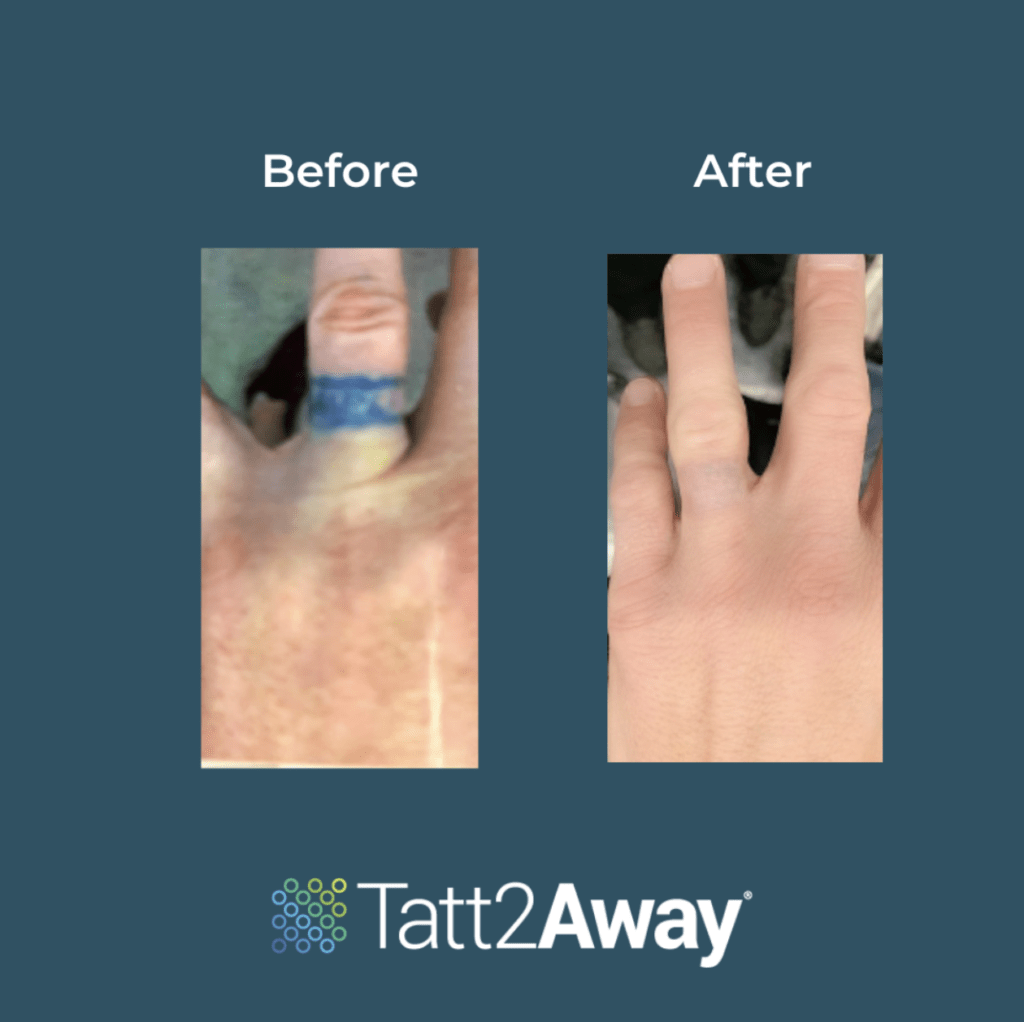
Okay, let’s talk tattoos.
Thinking about getting some ink on your hands?
Or maybe you already have hand tattoos and you’re wondering about removal down the road?
I get it.
It’s a big decision.
One of the biggest questions I hear is: Do hand tattoos get removed more often than other tattoos?
Let’s dive in and get real.
Why Are You Even Asking About Hand Tattoo Removal?
Let’s be honest, the location of your tattoo matters.
Are you worried about job prospects?
Maybe you’re rethinking a design you got on a whim.
Or perhaps your personal style has just evolved.
Whatever the reason, it’s valid.
I’ve seen it all.
People change, and so do their tastes.
The Truth About Hand Tattoo Removal Rates
So, do hand tattoos get removed more often?
Well, there’s no definitive study saying "yes" or "no."
But here’s what I do know from experience and from talking to other artists and removal specialists:
- Visibility Matters: Hand tattoos are super visible.
If you’re trying to cover them up for work or family, it’s tough.
This visibility can lead to more regret, and therefore, more removal requests. - Social Stigma (Sometimes): While tattoos are becoming more accepted, some professions and social circles still frown upon visible hand tattoos.
This pressure can push people toward removal. - Fading Concerns: Hand tattoos can fade faster than tattoos on other parts of the body due to frequent washing and sun exposure.
This fading might lead people to seek removal rather than touch-ups.
Think about it: you wash your hands constantly. - Regret is Real: Let’s be real, sometimes people just regret a hand tattoo.
Maybe the design wasn’t what they expected, or the placement feels wrong.
Regret is a major driver for tattoo removal, regardless of location.
Real Talk: Hand Tattoo Removal is a Process
Removing any tattoo is a commitment.
But there are some unique considerations for hand tattoos:
- Pain Factor: Some people find hand tattoo removal more painful because the skin is thinner and there are more nerve endings.
I’m not gonna lie, it can sting. - Multiple Sessions: You’ll likely need multiple laser tattoo removal sessions to fully fade or remove the tattoo.
Patience is key. - Scarring Potential: There’s always a risk of scarring with any tattoo removal, and the hands are no exception.
Choosing a skilled and experienced technician is crucial to minimize this risk. - Ink Color: The color of the ink also plays a role. Black ink is generally easier to remove than colored ink.
Tips for Avoiding Tattoo Removal Regret (Especially on Your Hands)
Listen, the best way to avoid tattoo removal is to be absolutely sure about your tattoo in the first place.
Here’s my advice:
- Think Long and Hard: Don’t get a hand tattoo on a whim.
Consider your career, your lifestyle, and your future. - Choose Your Artist Wisely: Find an artist who specializes in hand tattoos.
Look at their portfolio and make sure they have experience with the style you want. - Placement is Key: Discuss the placement with your artist.
Make sure it’s exactly where you want it. - Consider a Temporary Tattoo: If you’re unsure, try a temporary tattoo in the same location to see how you feel about it.
- Aftercare is Essential: Proper aftercare is crucial for healing and preventing fading.
Follow your artist’s instructions carefully.
FAQ: Hand Tattoo Removal Edition
-
Is hand tattoo removal more expensive?
It can be, depending on the size and complexity of the tattoo, and the number of sessions required. -
How long does hand tattoo removal take?
It varies, but typically it takes several months to a year or more, with multiple sessions spaced several weeks apart. -
Can I cover up a hand tattoo instead of removing it?
Yes, a cover-up tattoo is an option, but it may require a larger and darker design to effectively conceal the original tattoo. -
Does insurance cover tattoo removal?
Generally, no. Tattoo removal is usually considered a cosmetic procedure and is not covered by insurance. -
What kind of laser is used for hand tattoo removal?
Q-switched lasers are commonly used for tattoo removal.
Final Thoughts
Getting a hand tattoo is a personal decision.
Just weigh the pros and cons carefully.
And if you do end up wanting it removed, know that it’s possible, but it’s a process.
Ultimately, understanding the factors that might contribute to hand tattoos being removed more often can help you make a more informed decision about your ink.










